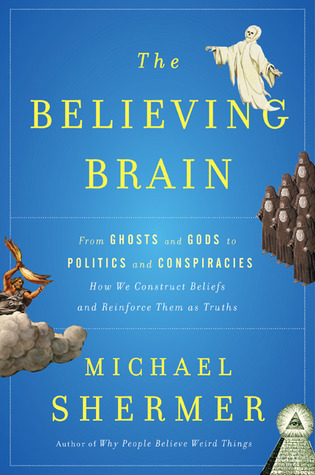If you assume that the rustle in the grass is a dangerous predator but it turns out that it is just the wind, you have made what is called a Type I error in cognition, also known as a false positive, or believing something is real when it is not. That is, you have found a nonexistent pattern. You connected (A) a rustle in the grass to (B) a dangerous predator, but in this case A was not connected to B. No harm.
Welcome back. Just a moment while we sign you in to your Goodreads account.


